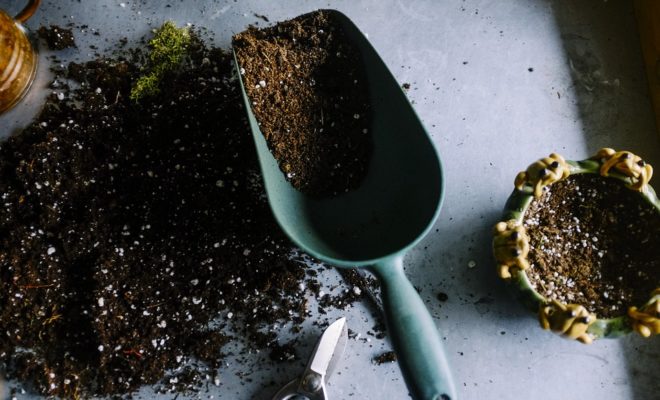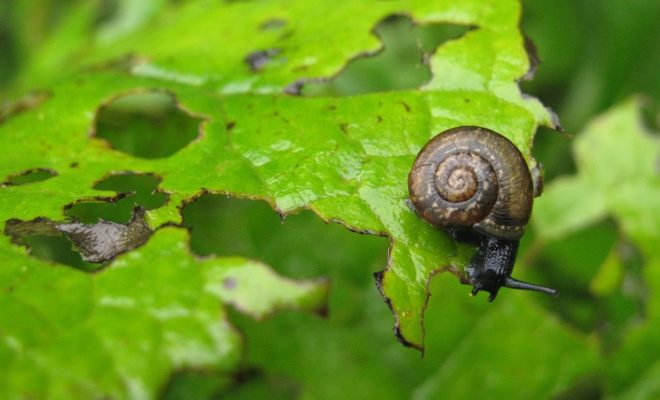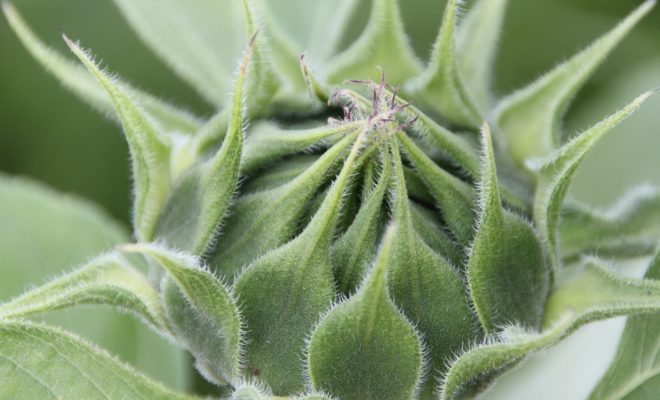LANDSCAPE GARDENING

Scene planting has every now and again been contrasted with the draw of a photograph. Your gem teacher has unquestionably told you that a better than average picture should have a condition of manager interest, and whatever is left of the concentrations basically go to make more delightful the central thought, or to outline a fine setting for it. So in scene developing there must be in the plant authority’s mind a photograph of what he needs the whole to be the time when he completes his work.
From this audit we ought to have the ability to work out a little theory of scene developing.
Discharge us to the grass. A conventional level of open grass space is always incredible. It is calming. It adds an assessment space to even little grounds. So we may whole up and say that it is well to keep open grass spaces. If one covers his garden space with many trees, with little blossom beds here and there, the general effect is harsh and specific. It is to some degree like an over-dressed person. One’s grounds lose all autonomy thusly treated. A single tree or a touch of social event is not a frightful game-plan on the yard. Do whatever it takes not to center the tree or trees. Allow them to drop somewhat out of spotlight. Make a wonderful side component of them. In picking trees one must recollect different things. You should not pick a mind-boggling tree; the tree should be one of good shape, with something entrancing about its bark, leaves, blossoms or regular item. While the poplar is a quick maker, it sheds its leaves ahead of schedule as is left standing, revealed and revolting, before the fall is old. Mind you, there are spots where a section or twofold line of Lombardy poplars is especially practical. In any case, I think you’ll agree with me that one single poplar is unquestionably not. The catalpa is exceptionally amazing without any other person’s info. Its leaves are broad, its blossoms engaging, the seed cases which adhere to the tree until away into the winter, incorporate a touch of picture groupings. The amazing berries of the blazing remains, the awe inspiring foliage of the sugar maple, the blossoms of the tulip tree, the bark of the white birch, and the leaves of the copper beech all these are grandness centers to consider.
Put has any sort of impact in the decision of a tree. Accept the lower bit of the grounds is fairly low and wet, then the spot is ideal for a willow. Make an effort not to social affair trees together which look unequal. A long-looking poplar does not keep running with a charming rather balanced little tulip tree. A juniper, so immaculate and clean, would look silly close by a spreading chestnut. One must recall degree and fittingness.
I’d never teach the planting as for a social occasion of evergreens close to a house, and in the front yard. The effect is extraordinarily depressing no doubt. Houses along these lines incorporated are over topped by such trees and are grim to live in, and in addition truly unhealthful. The principle fundamental inside a house is sunshine and a great deal of it.
As trees are picked in light of certain extraordinary concentrations, so hedges should be. In a cluster I should wish some which grew early, some which bloomed late, some for the gloriousness of their fall foliage, some for the shade of their bark and others for the natural item. A couple towers and the forsythia bloom early. The red bark of the dogwood makes a touch of shading all winter, and the red berries of the barberry adhere to the bramble well into the winter.
Certain shrubberies respect use for fence purposes. A support is ideally prettier generally speaking than a fence. The Californian privet is unfathomable hence. Osage orange, Japan barberry, buckthorn, Japan quince, and Van Houtte’s spirea are distinctive shrubberies which make awesome wall.
I fail to express that in tree and shrubbery decision it is for the most part better to pick those of the area one lives in. Shocking and outside plants do less well, and frequently mix yet insufficiently with their new setting.
Scene developing may take after along incredibly formal lines or along easygoing lines. The first would have straight ways, straight lines in solidified beds, everything, as the name tells, perfectly formal. The other system is, clearly, the right opposite. There are hazard centers in each.
The formal blueprint is presumably going to look excessively strong; the easygoing, unnecessarily critical, too wiggly. To the degree ways go, recall this, that a path should constantly lead some place. That is its business to direct one to an unequivocal place. In the blink of an eye, straight, even ways are not unpleasing if the effect is to be that of a formal garden. The hazard in the twisted way is a sudden twist, a whirligig affect. It is vastly improved for you to stick to straight ways unless you can make a genuinely delightful twist. No one can tell you how.
Develop ways may be of shake, of earth, or of grass. One sees grass courses in some staggering nurseries. I doubt, regardless, in case they would serve likewise in your little gardens. Your garden zones are constrained to the indicate that they should be re-spaded each season, and the grass ways are a staggering inconvenience in this work. Clearly, a stone route shows up, once more you won’t not have shake at your charge. It is workable for any of you to reveal the path for two feet. By then put in six deadheads of stone or clinker. Over this, pack in the dirt, changing it fairly toward the point of convergence of the way. There should never be melancholies through the central bit of routes, since these edge beneficial spots for water to stand. The under layer of stone makes a trademark drainage structure.
A building routinely needs the help of vines or blooms or both to connect it to the grounds in order to outline a friendly total. Vines credit themselves well to this work. It is perfect to plant an enduring vine, therefore let it shape a never-ending bit of your scene scheme.
close your eyes and picture a position of basic shading, that smooth diminish of the weathered shingles. In a matter of seconds add to this old house a purple wistaria. Would you be able to see the eminence of it? I won’t not ignore soon a fairly shocking corner of my immaturity home, where the parlor region and kitchen met. Just there moving over, and falling over a trellis was a trumpet vine. It made stunning a lopsided point, a horrifying bit of skilled worker work.
Clearly, the morning-enormity is a yearly vine, like the moon-vine and wild cucumber. Without further ado, these have their exceptional limit. For routinely, it is critical to cover a ghastly thing for just a period, until the better things and better conditions come. The yearly is ‘the chap’ for this work.
Along an old fence a bob vine is a wondrous thing. One may endeavor to rise to the forested regions’ scene work. For consistently one sees trimmed beginning with one ruined tree then onto the following the ampelopsis vine.
Sprouts may well come the side of the building, or surrounding a walk. Generally speaking, nonetheless, keep the front yard space open and unbroken by beds. What lovelier in early spring than a bed of daffodils close to the house? Hyacinths and tulips, also, shape a burst of brightness. These are for all intents and purposes zero inconvenience, and start the spring aright. One may make of a couple of globules an extraordinary case to the oversee of unbroken front grass. Snowdrops and crocuses planted through the grass are delightful. They don’t trouble the general effect, however basically blend with the sum. One ace globule nursery laborer says to take a basketful of handles in the fall, walk around your grounds, and essentially drop handles around here and there. Wherever the handles drop, plant them. Such little handles as those we plant in greenery enclosures should be in social events of four to six. Daffodils may be in like manner planted, too. Every one of you recall the grape hyacinths that build up all through Katharine’s side yard.
The place for a sprout garden is generally along the edge or back of the house. The porch garden is a stunning believed, is it not? Who wishes to leave a delightful looking front yard, turn the edge of a house, and find a dump stack? Not I. The sprout garden may be laid out formally in impeccable little beds, or it may be all the more an impulsive, hit-or-miss sort. Both have their awesome core interests. Phenomenal masses of grow are engaging.
You should have at the highest point of the need show some thought about the blending of shading. Nature shows up not to consider this by any extend of the creative energy, and still gets wondrous effects. This is an immediate consequence of the gigantic measure of her optimal establishment of green, and the boundlessness of her space, while we are restricted at the best to by and large little ranges. So we should Endeavor not to outwardly hindered people’s eyes with clashes of tints which don’t at short vicinity blend well. With a particular true objective to separate extremes of shades you can essentially use masses of white blossoms, or something like mignonette, which is thus green.
Finally, let us total up our scene lesson. The grounds are a setting for the house or structures. Open, free garden spaces, a tree or a fitting social event particularly put, blooms which don’t muddle up the front yard, get-togethers of greenery these are centers to be remembered. The routes should lead some place, and be either straight or all around twisted. In case one starts with a formal garden, one should not mix the easygoing with it before the work is done.










